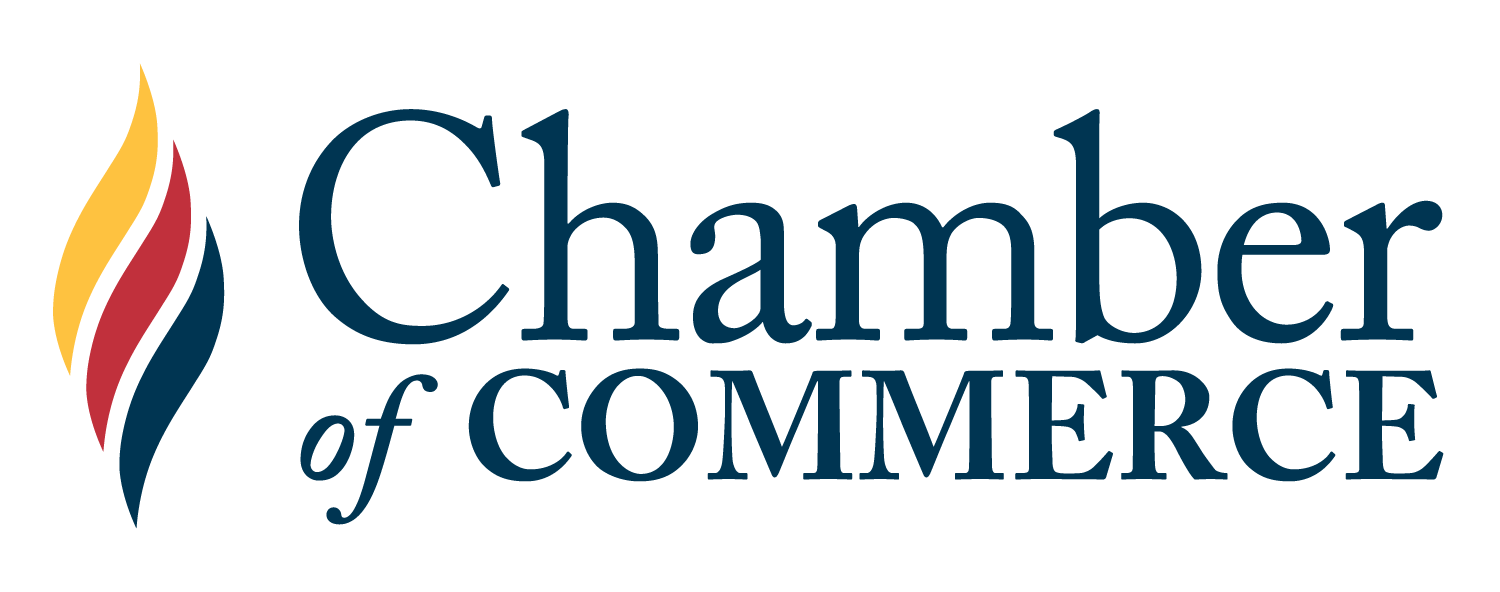Business Beat: A Regulatory Report Card for Government
With our children now returning to school, we tend to focus on goals we want them to achieve and we wait with bated breath for the report card to see if they are meeting certain standards and achieving their goals. Serving as a communication tool, along with consultations held with our educators, report cards are intended to help motivate students to reach their goals and to identify and communicate with students and parents where the successes and opportunities are.
In the same fashion, as a Chamber, we start each fiscal year with specific goals in mind. Not only do we evaluate how we are performing by applying a performance metric and setting standards around what we hope to achieve, but we also focus on evaluating Government actions, assessing alignment with our goals and the recommendations we have made and whether promises are being kept and objectives are being met. We then identify ways to communicate areas for improvement and strategies to achieve those goals, while celebrating the successes.
We can then assign a “grade” to government based on our recommendations, with the hope that it will motivate the Government to achieve positive outcomes that will result in a successful, heathy and vibrant economy.
With the provincial election behind us, the first 100 day milestone has resulted in many of our recommendations being achieved. Similarly, with the federal election in front of us, it only seemed fitting to highlight the report card that the Canadian Chamber of Commerce has produced based on the recommendations that we’ve made. This allows us to not only communicate with the public on progress, but also to educate any candidates running in the upcoming federal election on our priorities.
With last year’s Canadian Chamber of Commerce report Death by 130,000 Cuts, we highlighted how we can improve Canada’s regulatory competitiveness and the complex network of overlapping regulations from all levels of Government. The report provided recommendations to help produce more modern and efficient regulatory frameworks in order to promote greater economic growth and prosperity, while still providing the necessary protections needed by Government.
The federal Government then cited the report in the 2018 Fall Economic Statement promising regulatory reform. Now, over a year after the release of the report and leading up to the fall federal election, the Canadian Chamber published a report card to measure progress on regulatory reform and to provide recommendations that can be used by all parties in order to move forward.
Our report card summarizes the seven objectives for regulatory reform:
We asked Government establish a business regulatory working group and in May 2019, an eight-personal external advisory committee on regulatory competitiveness was announced. However, in order to ensure the government’s response to the committee’s recommendations are transparent, the government should commit to a “comply or explain” approach to the committee’s work.
We also asked Government to give regulators economic growth and competitiveness mandates and while they committed that they intended to review legislation to assess whether opportunities for legislative changes exist, implementation of this commitment has languished. As such, we continue to ask for government to legislate economic growth and competitiveness considerations.
We asked Government to increase federal leadership to eliminate interprovincial trade barriers. While the federal government took some leadership on alcohol requirements, the leadership on interprovincial trade barriers overall is less impressive with our continued ask that a meeting of first Ministers is held with the explicit goal of agreement to negotiate broad-based mutual recognition of provincial certifications, registrations and standards.
We also asked for international alignment with other international standards. While departments and agencies are to assess opportunities for cooperation with other jurisdictions, it falls short of requiring that regulatory cooperation be a pre-requisite, so more oversight is required and explanations is needed for any deviations from this.
We asked Government to rebuild stakeholder confidence in the cost-benefit analysis of regulations, yet despite extensive guidance provided, cost-benefit analyses are not always consistent. As such, the government will need to augment new federal regulatory guidance policies with the creation of an independent panel to review and help improve the regulatory cost-benefit analysis process.
Improving regulatory consultations is also always on our priority list and while the new federal cabinet directive on regulatory management introduced in September 2018 had a strong emphasis on stakeholder consultation, some regulators choose to use consultation as an exercise to justify their preferred regulator options, rather than try and improve them – leading to a dysfunctional view of consultation, which must improve.
The strongest grade was given to the government in its efforts to modernize individual regulatory frameworks, as this is where their focus has been with reviews leading to regulatory roadmaps and changes. However, they could still improve by requiring departments to report on their implementation progress and to ensure the regulatory reviews and roadmaps remain a priority.
If you are interested in the full report card, please visit us online: http://chamber.ca/media/blog/190806-2019-federal-regulatory-report-card/ReportCard.pdf
If you wish to view other election priorities for the business community, we encourage you to visit our Vote Prosperity website page: https://platformforprosperity.com/
